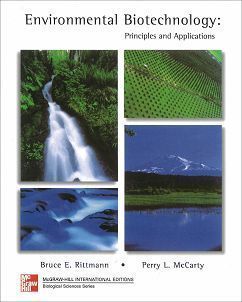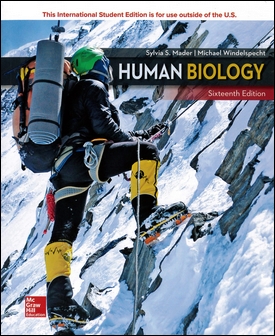書籍分類

Environmental Biotechnology: Principles and Applications
作者:Bruce E. Rittmann, Perry L. McCarty
原價:NT$ 1,300
ISBN:9780071181846
版次:1
年份:2001
出版商:McGraw-Hill
參考網頁:Environmental Biotechnology: Principles and Applications
版次:1
年份:2001
出版商:McGraw-Hill
參考網頁:Environmental Biotechnology: Principles and Applications
內容介紹 本書特色 目錄
- Description
In "Environmental Biotechnology-Principles and Applications" , the authors connect the many different facets of environmental biotechnology. The book develops the basic concepts and quantitative tools in the first six chapters, which comprise the principles. The text consistently calls upon those principles as it describes the applications in Chapters 7 through 16. The theme is that all microbiological processes behave in ways that are understandable, predictable, and unified. At the same time, each application has its own special features that must be understood. The special features do not overturn or sidestep the common principles. Instead, they complement the principles and are most profitably understood in light of the principles.







